I visited Oxford’s dome in MOLA – it was in amongst lots of interesting storage boxes.
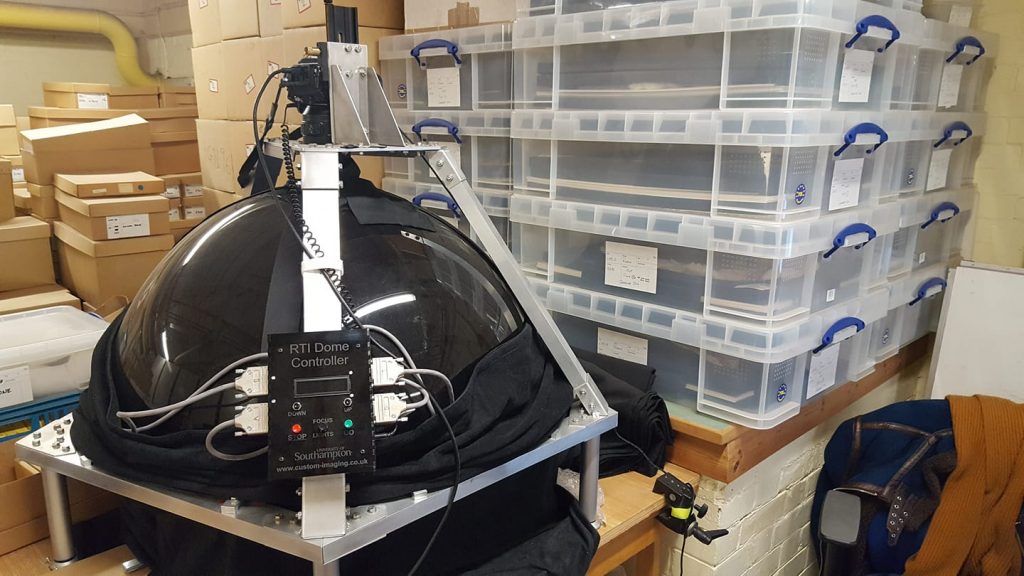
I visited Oxford’s dome in MOLA – it was in amongst lots of interesting storage boxes.

Klaus just sent us a nice image of dome4 imaging a famous statue at the C2RMF:
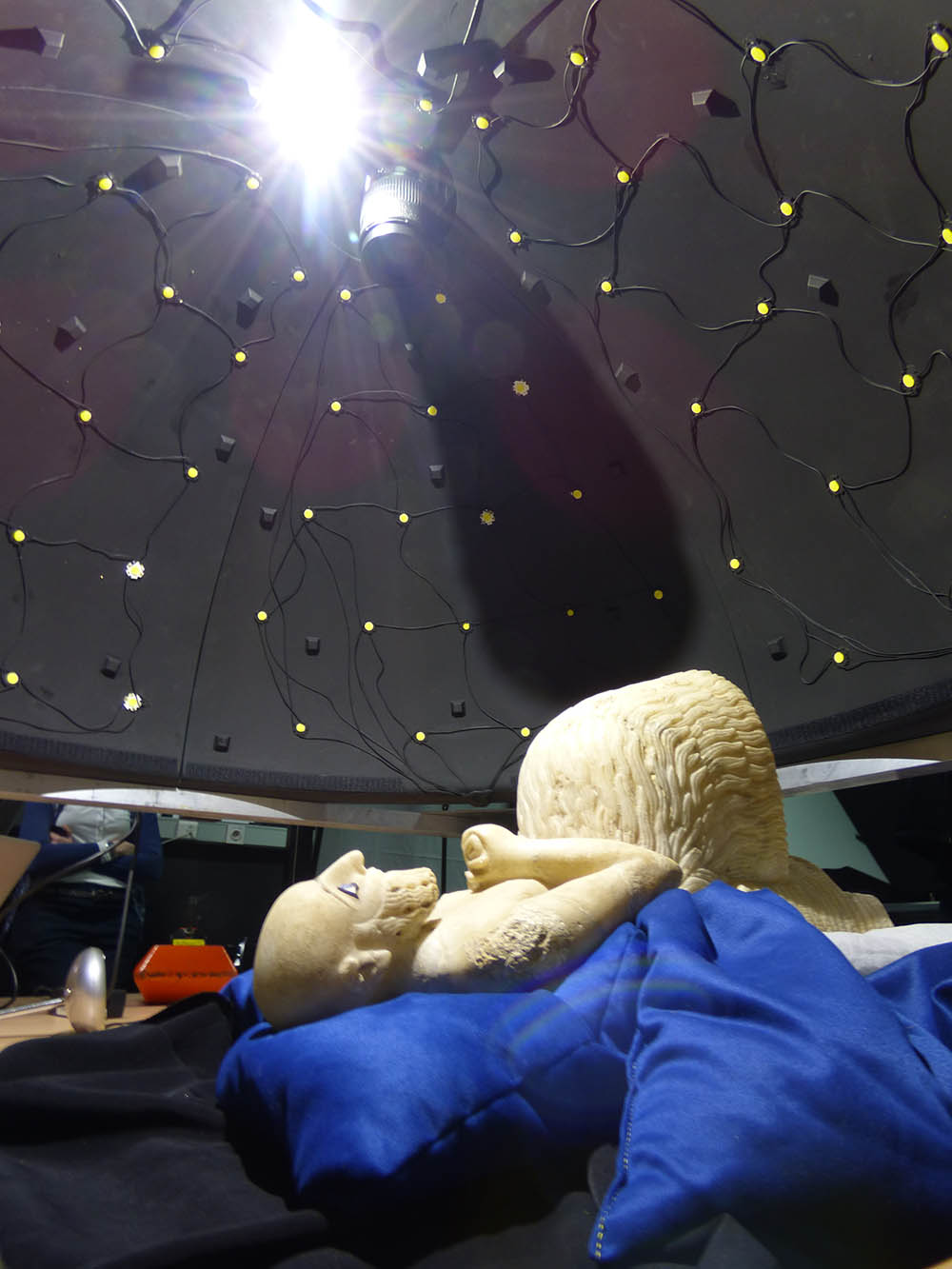
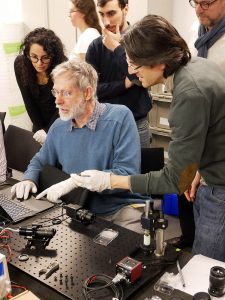
early tests of a new system to image seals – with Jacob Dahl in the Ashmoean Museum
A new paper has just been published detailing the work that was carried about by David Selmo of S&A Underwater Imaging Specialists LLC with support from members of the custom imaging team. This paper which can be downloaded from http://electronicimaging.spiedigitallibrary.org/article.aspx?articleid=2608312 describes the creation and evaluation of a RTI capture dome suitable for use underwater.
Whilst handing over the geodesic dome to the University of York we had some problems with the RTIBuilder failing to detect the spheres to generate the lp file. These problems were only apparent under Windows, using OS X the lp file could be generated without issue.
Further investigation showed that the problem was the amount of memory available to RTIBuilder. This can be changed by starting the program with different options. The easiest way to do this is to create a new shortcut to launch the program. You must be running 64bit Java for this to work.
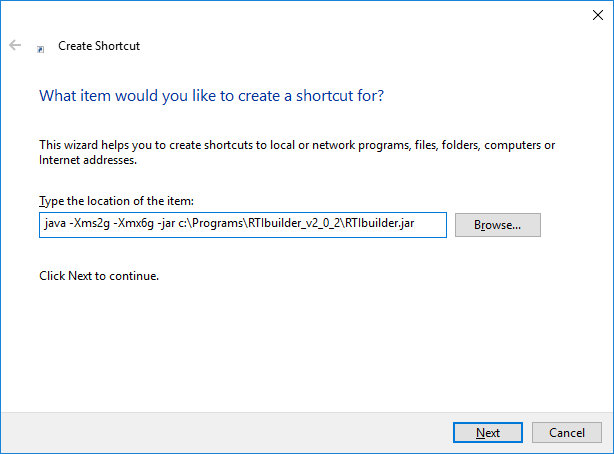
The options given when creating a new shortcut to RTI Builder to fix the memory issue.
The c:\Programs\RTIbuilder_v2_0_2\RTIbuilder.jar needs to be changed to match the location of the RTIbuilder file on your system.
Kirk & Phil have this week delivered the first of the geodesic domes to the University of York Archeology department.
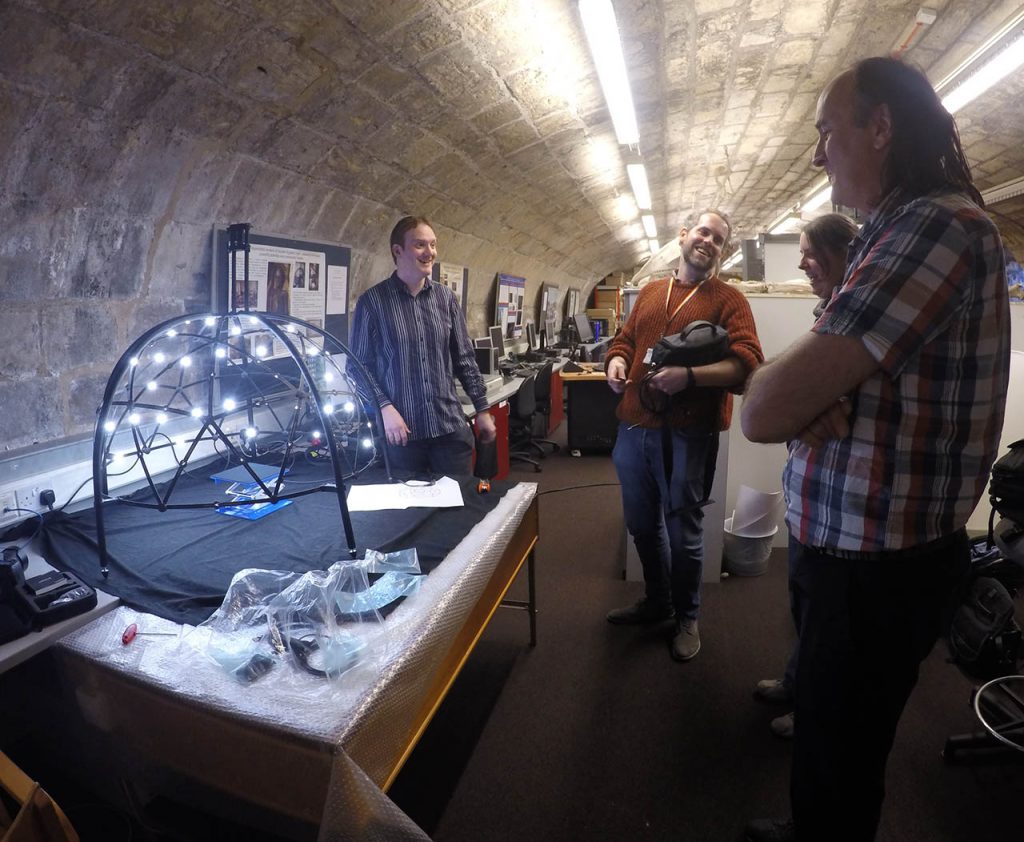
Delivering the Geodesic dome to the University of York
We currently have three different projects in progress, more information to follow.